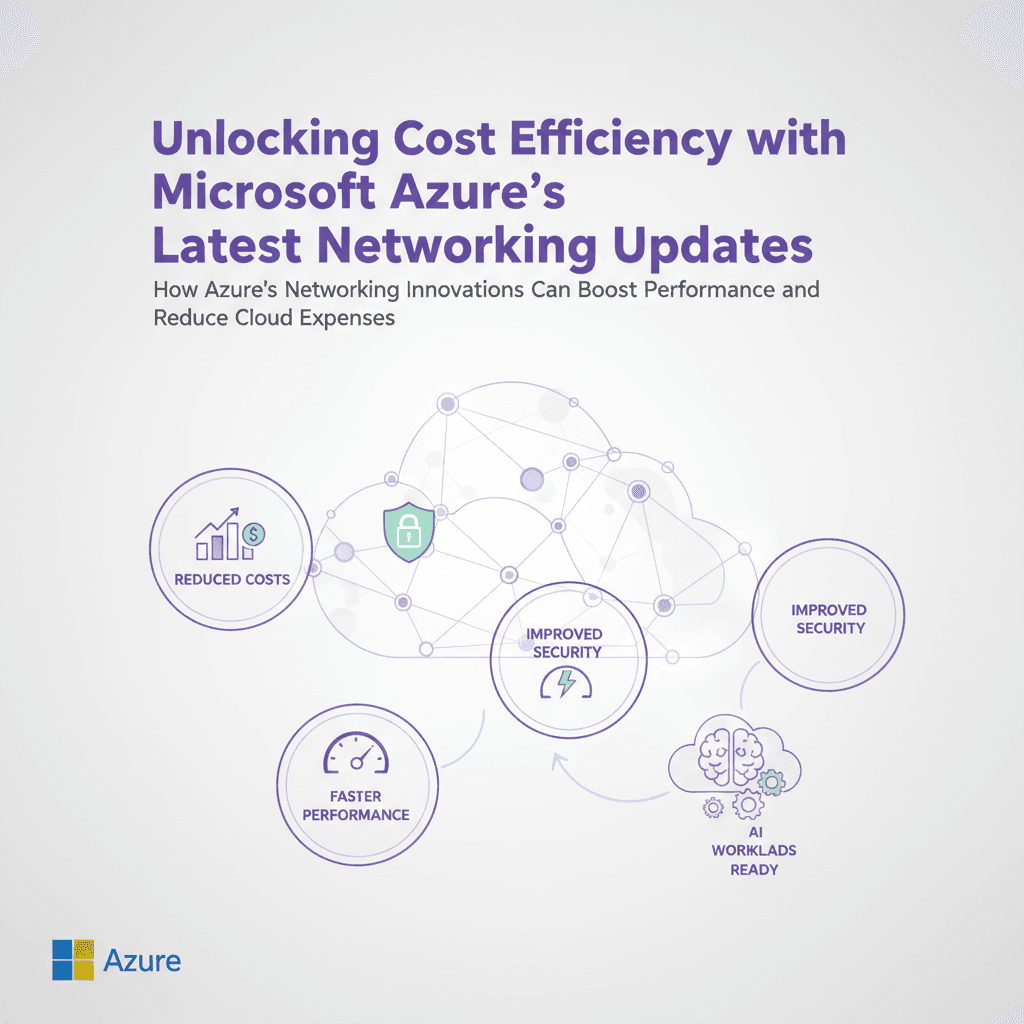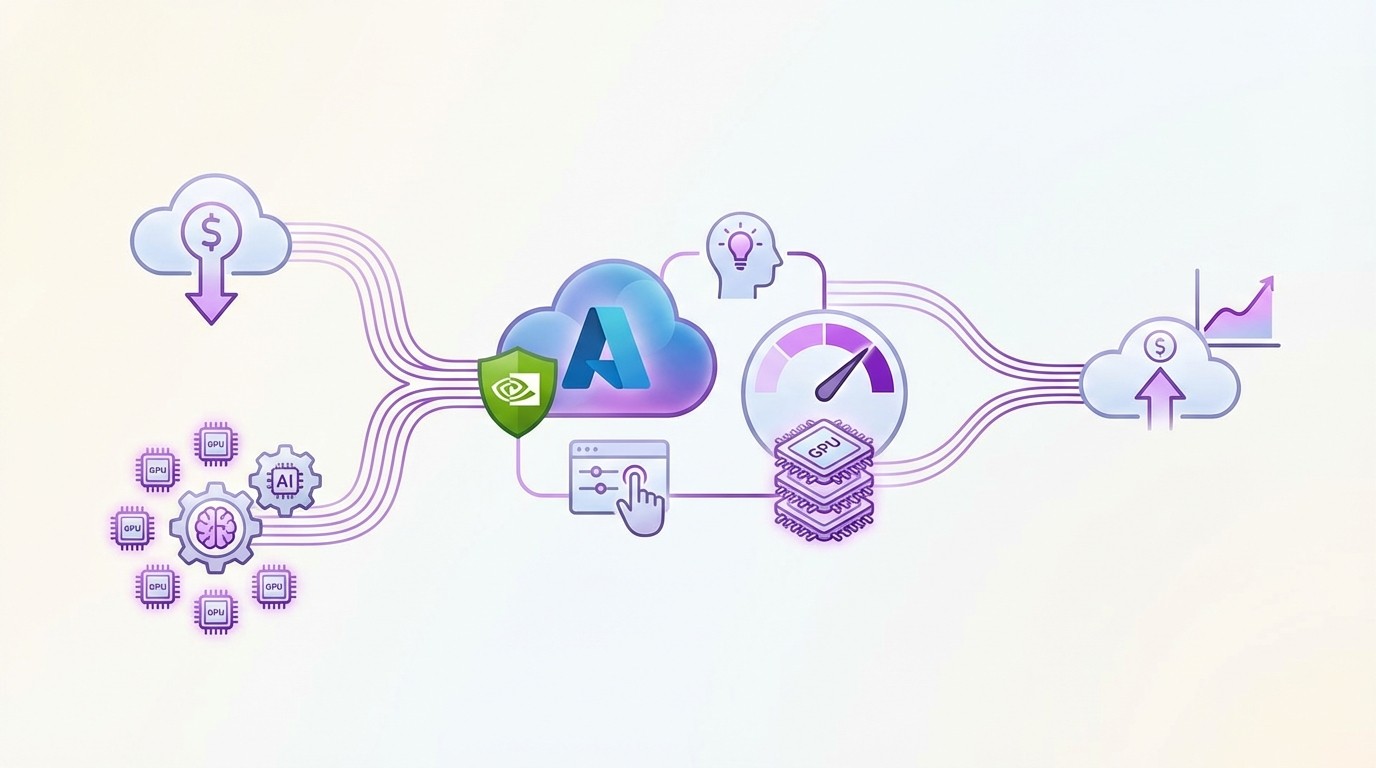FinOps

Mondweep Chakravorthy
Feb 12, 2025
Scaling Trusted AI Solutions: Why CFOs Should Care
AI is transforming industries, and as a CFO, your leadership is critical in ensuring these solutions are not only scalable and innovative but also trusted and ethical. With over 50 countries recently declaring their commitment to inclusive and sustainable AI, the focus is now squarely on frameworks that balance opportunity and risk. Building truly trusted AI goes way beyond compliance—it’s about embedding ethical principles into the core of your business strategy. This is especially important for financial leaders, where missteps can lead not only to regulatory issues but also to reputational damage and missed opportunities for sustainable growth.
Key Concepts Every CFO Must Know
For CFOs, the blend of opportunity and risk in AI adoption can be tricky. Scalable AI solutions promise operational efficiencies, improved analytics, and competitive advantage. At the same time, concerns about trust, ethics, safety, and regulation are rising. The introduction of the HIVE framework—Human-centric, Inclusive, Values-driven, and Ethical AI—can guide you through these complexities.
Let’s consider real-world examples. Some companies have issued blanket policies requiring job applicants to accept AI-based processing or be excluded. This sounds convenient, but risks force applicants to accept automated decisions, undermines trust, and may lead to unfair outcomes. An ethical, human-centric approach would instead increase transparency by explaining what data is used, how it is assessed, and providing opt-outs and alternate pathways. This approach not only builds trust but also attracts diverse talent and fosters innovation without sacrificing compliance.
The HIVE Framework: What To Do and How It Looks in Practice
Envisioning & Ethical Framing
Start by defining the precise problem or opportunity your AI solution addresses. Avoid broad, generic use cases—instead, keep it narrowly focused. For example, rather than developing a lie detector AI for every meeting, limit it to specific use cases with clear consent, like border control. Build an ethical charter that respects human rights, map your key stakeholders (including ethics and legal experts), and conduct initial risk assessments. Always identify both functional and ethical success metrics; for example, measure both accuracy and fair access.
Foundation & Guardrail Setup Before Any Coding
Before a single line of code, lay out data governance policies, plan mitigation for privacy or bias risks, and ensure the team includes roles like Ethics Officer and Data Protection Officer. Set up explainability strategies, and use GDPR-compliant tools, especially if you operate in or with the EU. This phase is like the blueprint for a house—without it, you risk building on shaky ground.
Iterative Development—But With Guardrails
As you build and test, use agile sprints but include checkpoints against your ethical charter. Develop with fairness and debiasing techniques, and use explainable AI modules for transparency. Hold mid-sprint ethical reviews so you can catch problems early. Document all decisions for future audits, and always include ethics in your sprint retrospectives. Mistakes in this phase can cascade into bigger headaches after launch, so keep it tight.
Testing & Pre-Release Validation
Conduct thorough, independent bias and fairness audits, robust security checks, explainability validation with real users, and legal audits for compliance with new rules like the EU AI Act. UAT should always include ethical scenario testing. The final go-live should have sign-off from an independent ethics board, and all documentation should be multilingual and transparent—not just a tick-box exercise.
Deployment & Continuous Monitoring
Roll out your AI in phases, keeping dashboards on ethical and performance metrics. Monitor for bias drift diligently, offer simple channels for user feedback, and hold annual ethics audits. Regulations, like the EU’s AI Act, change fast, so build adaptability into your governance process, and publish yearly transparency reports for all stakeholders.
Continuous Learning and Team Dynamics
AI is never a set-and-forget deal. Continuous monitoring, feedback, tech updates, and regulatory scanning are essential. Your team should blend AI engineers, data scientists, legal advisors, ethics representatives, and business analysts within agile working structures. Small, focused, cross-disciplinary teams (5-10 members) move faster and keep quality high.
Example in Action: Ethical Review in Recruitment AI
Imagine you’re about to implement an AI system to screen job applications. The typical shortcut is auto-exclusion of candidates who don’t consent to AI review. But think about what happens: you risk legal challenges, negative press, and unintended bias. An ethical approach means transparently outlining how data is used, letting candidates opt out of some automated processes, and providing alternative evaluation pathways. This not only keeps you compliant with EU and global standards but also builds brand loyalty and trust, setting you apart in a crowded market.
Key Processes That Help You Stay on Track
For smooth delivery, integrate ethical checks into sprint planning, daily stand-ups, and retrospectives. Document every ethical decision—not just functional requirements. Regular internal and external audits, transparency reporting, and seeking relevant accreditations (like ISO standards) can further demonstrate your commitment to ethical AI.
Summary – What CFOs Should Remember
Building and scaling trusted AI requires more than just technical know-how; it demands a practical, ethical framework like HIVE that keeps humans at the center. Always define clear, narrow use cases, embed multidisciplinary expertise in your team, prioritize transparency and explainability, and adapt quickly to new regulations. Regularly audit both your performance and your ethics. By following these principles, your organization won’t just keep up with regulations—you’ll build trust, unlock sustainable growth, and turn AI into a true competitive advantage. Don’t rush ethical shortcuts—sometimes it means going slower to go faster in the long run.





